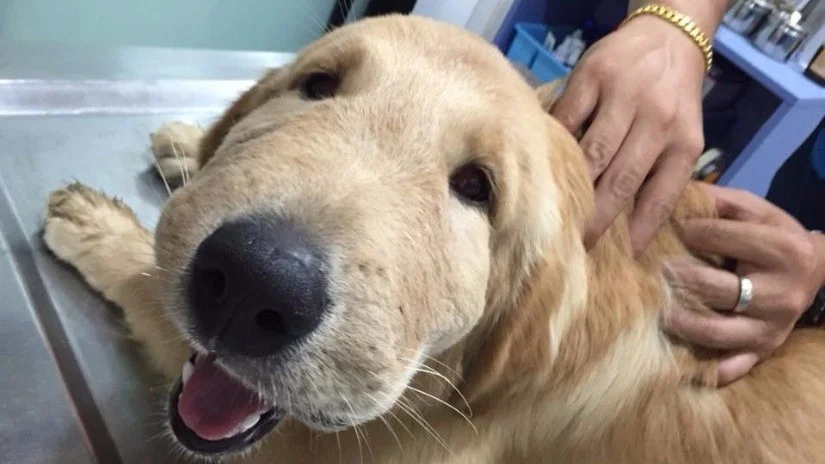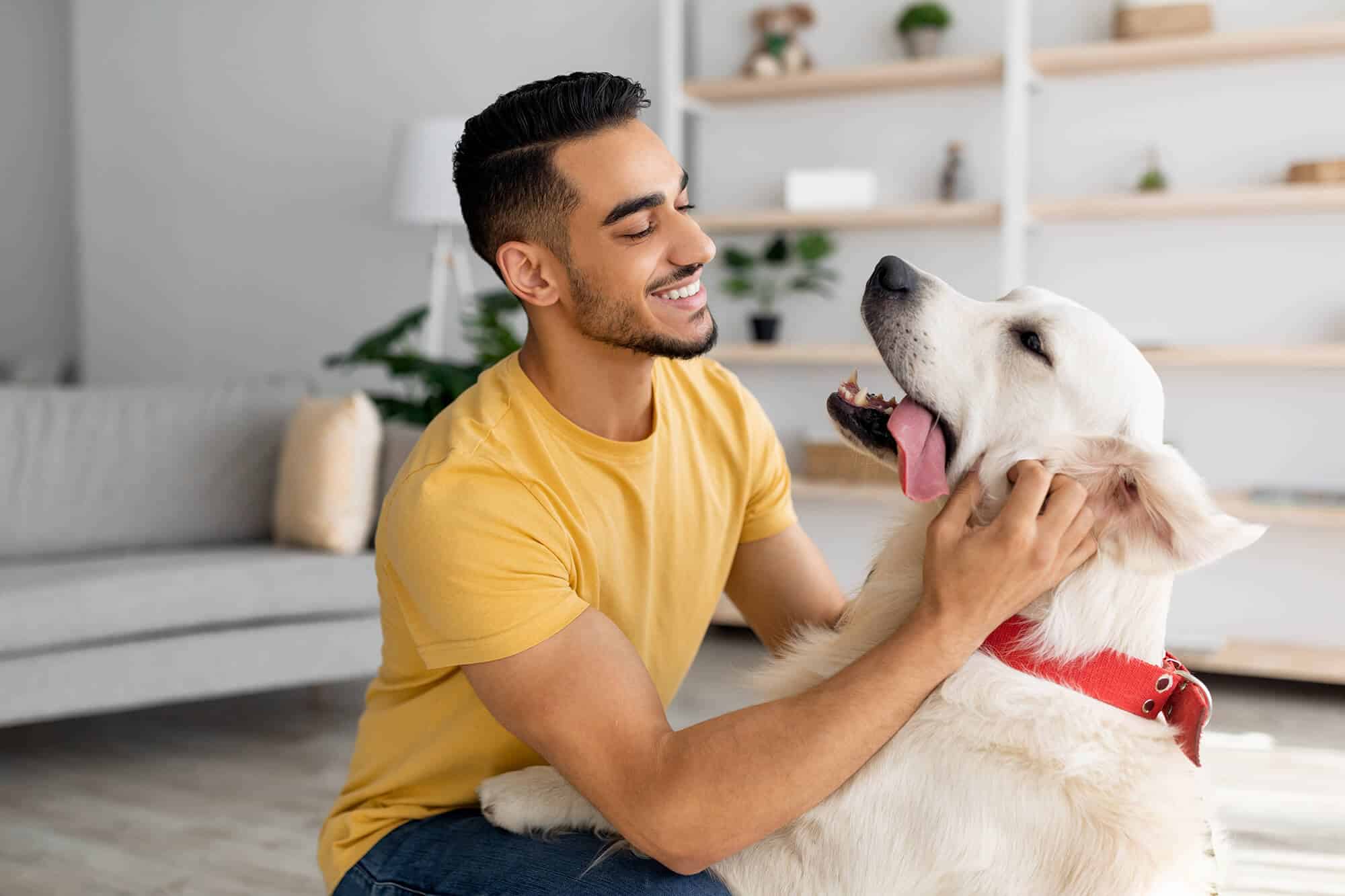
First Steps to Address a Bee Sting on Your Dog
When your dog gets stung by a bee, it’s crucial to act quickly to minimize discomfort and prevent potential complications. Here are some initial steps to follow:
- Assess the situation: Stay calm and assess the severity of the sting. If your dog exhibits a severe allergic reaction, such as difficulty breathing or extensive swelling, seek immediate veterinary care.
- Remove the stinger: If you can see the bee’s stinger, carefully remove it using tweezers or gently scrape it off with a credit card. Be careful not to squeeze the stinger, as it may release more venom.
Alleviating Your Dog’s Discomfort After a Bee Sting
After removing the stinger, it’s important to alleviate your dog’s discomfort and provide additional care. Follow these tips to help your furry friend recover quickly:
- Clean the affected area: Use warm water and mild soap to gently clean the sting site. This will help prevent infections and reduce irritation.
- Apply cold compresses: Place cold compresses or ice wrapped in a towel on the sting to reduce swelling and relieve discomfort. Make sure to properly wrap the ice to avoid direct contact with your dog’s skin.
- Monitor for any adverse reactions: Keep a close eye out for possible signs of a more severe allergic reaction, such as difficulty breathing, vomiting, or extreme weakness. If you observe any of these symptoms, seek immediate veterinary attention.
Remember, if the bee sting persists or worsens, it’s essential to consult your trusted veterinarian for proper diagnosis and treatment. Your pet deserves expert care for a speedy recovery.

Tips to Prevent Bee Stings in Dogs
Prevention is always better than cure. Here are some helpful tips to reduce the risk of your dog getting stung by a bee:
- Avoid areas with heavy bee activity: Always be mindful of areas where there are beehives or blooming flowers. Keep your dog away from these areas to minimize the chances of unwanted encounters.
- Supervise outdoor playtime: When outdoors with your dog, closely supervise to detect the presence of bees and take preventive measures in a timely manner.
- Consider natural repellents: Consult with your veterinarian about natural repellents, such as essential oils or specific dog-friendly products, that can help keep bees away from your pet.
Tips for Soothing Your Dog’s Discomfort After a Bee Sting
After a bee sting, your dog may experience discomfort and inflammation. Here are some additional tips to help soothe their symptoms:
- Topical remedies: Apply a cold compress or a paste made of baking soda and water to the sting site to reduce itching and swelling.
- Avoid scratching: Discourage your dog from scratching or licking the sting area, as it can worsen the irritation and lead to infection.
When to Seek Veterinary Assistance
In most cases, bee stings in dogs can be treated at home with prompt care. However, there are situations where veterinary assistance is necessary. Contact your veterinarian if:
- The swelling or redness worsens or spreads to other areas of the body.
- Your dog shows signs of an allergic reaction, such as difficulty breathing or excessive drooling.
Preventing Bee Stings in Your Dog
Prevention is key in keeping your dog safe from bee stings. Here are some preventive measures to consider:
- Avoid attracting bees: Keep food and garbage properly sealed to discourage bees from being attracted to your outdoor areas.
- Educate your dog: Teach your dog to avoid bees and discourage them from sniffing or playing near them.
By following these guidelines, you can ensure your dog’s safety and well-being when it comes to bee stings. Remember, if you have any concerns or questions, consult with your veterinarian for personalized advice and guidance.





